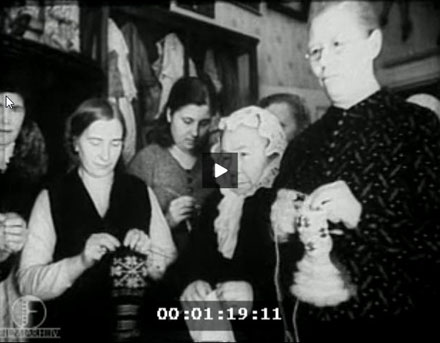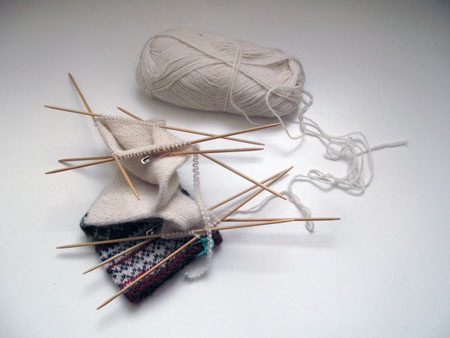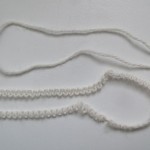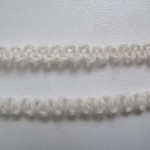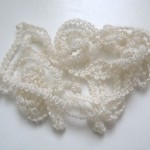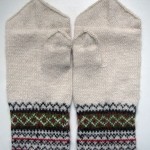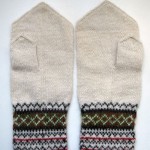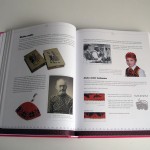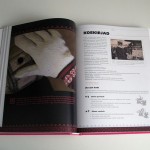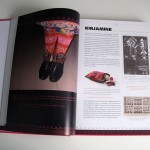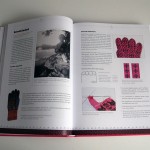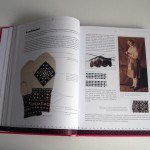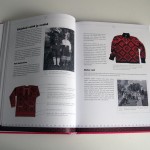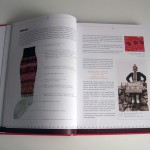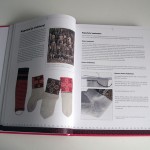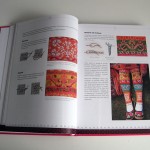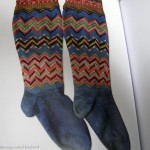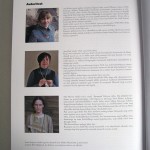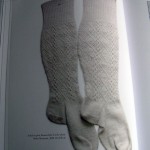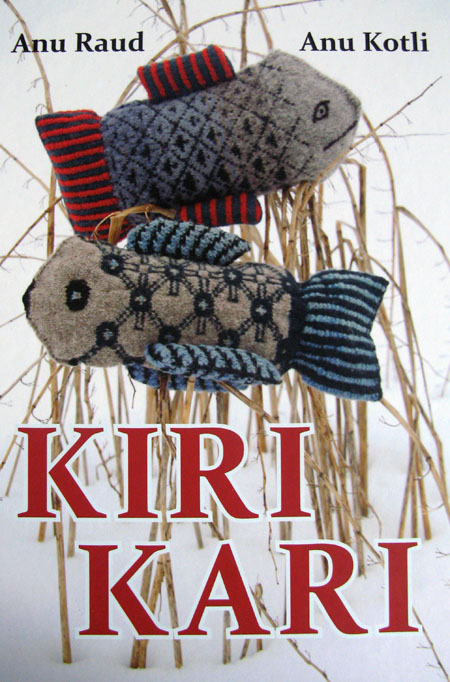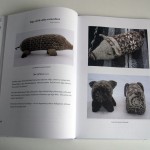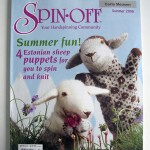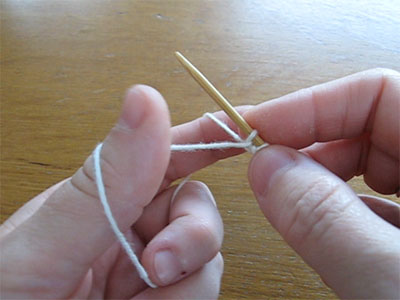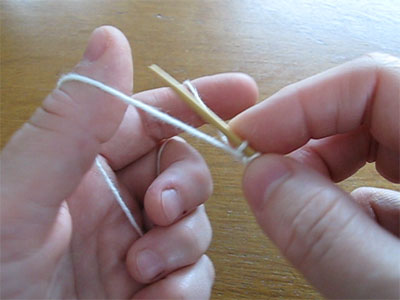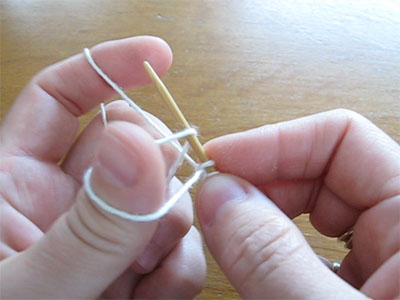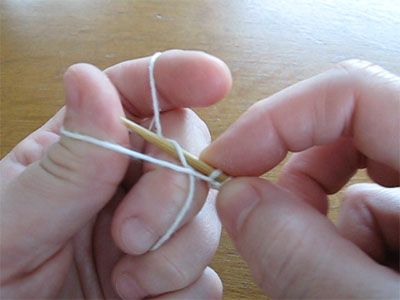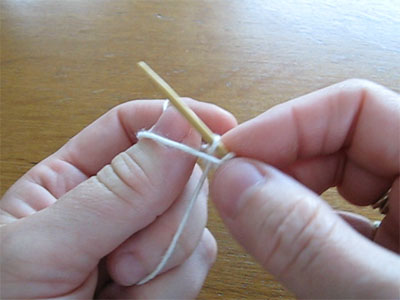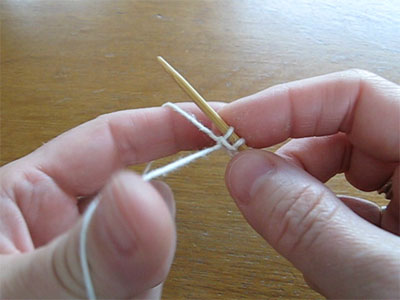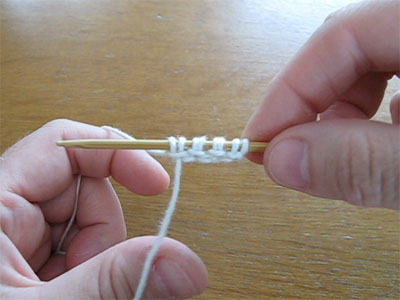Kihnu Roosi
June 1st, 2011
Een paar jaar terug kreeg ze via Monika al de groeten van mij. Kihnu Roosi, een vrouw in klederdracht van tegen de tachtig van het eilandje Kihnu in het zuiden van Estland, is mijn idool. Ze is namelijk gewéldig. Wat haar ogen zien, maken haar handen. Borduurwerk, geweven stoffen, kaartgeweven banden, gehaakte randen, maar vooral veel breisels. Sokken, kousen, wanten, handschoenen enz. in wolwit garen met kleurrijke randen. Doorspekt met symboliek en van een ongelooflijk hoge kwaliteit. Inmiddels verschenen er al drie boeken over Kihnu Roosi en al het moois dat er uit haar handen is gekomen. Wat een schatje hè. 😉
A few years ago Monika said hello to her for me. Kihnu Roosi, a woman in traditional costum, nearly eighty years old on Kihnu island in the South of Estonia, is my idol. She is great. What her eyes see, her hand can make. Embroidery, woven fabrics, cardweaving, crocheted borders, but formost knitting. Socks, stockings, mittens, gloves etc. in wool white yarn with colourful borders. Stuffed with symbolic meaning and of incredible high quality. By now already three books have been written about Kihnu Roosi and all the beautfiul stuff she made. Ain’t she cute. 😉
Monika heeft geregeld dat we haar gaan ontmoeten. Haar ouderlijk huis vol met haar handwerk zal ze ons zelf laten zien en daarna leert ze ons de fijne kneepjes van breien zoals ze dat op Kihnu al sinds heugenis doen. Vrijdagmorgen gaan we vroeg op. Monika’s broer brengt ons in zijn busje van Tallinn naar de pond in Munalaiu Port die ons over zal zetten naar Kihnu. Daar zullen we met z’n allen in een truck worden gehesen die ons over het eiland zal rijden. Zien jullie in gedachten Jans al zitten, inclusief haar grote mooie kralenkettingen en zilverkleurig regenjassie? Misschien nog even een stopje bij de wolwinkel? Dan naar het museum voor de rondleiding en Roosi’s workshop.
Monika arrange that we could meet her. The house she was born in is now filled with her handicraft and she will lead us through the house herself . Afterwards she will learn us the details of how the Kihnu knitters knit for ages. Friday morning we will rise early. Monika’s brothter will bring us in his bus from Tallinn to the ferry in Munalaiu Port that will bring us to Kihnu. There we will be put in a truck and droven over the island. Can you imagine Jans, with her big beads round her neck and her silver coloured raincoat? Maybe a stop at a yarn shop? Than straighton to the museum and Roosi’s workshop.
En laat het nu toevallig WWKIP-day zijn de volgende dag. Monika nodigt ons allen plus de breiers van Kihnu uit om samen te KIP-pen op het eiland. Het belooft de bijzonderste KIP-dag ooit te worden. De lokale radio en de krant zijn al ingeseind en wie weet…. wordt dit ook de eerste KIP-dag van Kihnu Roosi!
And such a coincidence, WWKIP-day will be the next day. Monika invited us all plus the knitters of Kihnu to KIP on the island. It will probably be the most remarkeble KIP Day ever. The local radio and the paper already know about our plans and who knows….. maybe this will be Kihnu Roosi’s first KIP Day!
